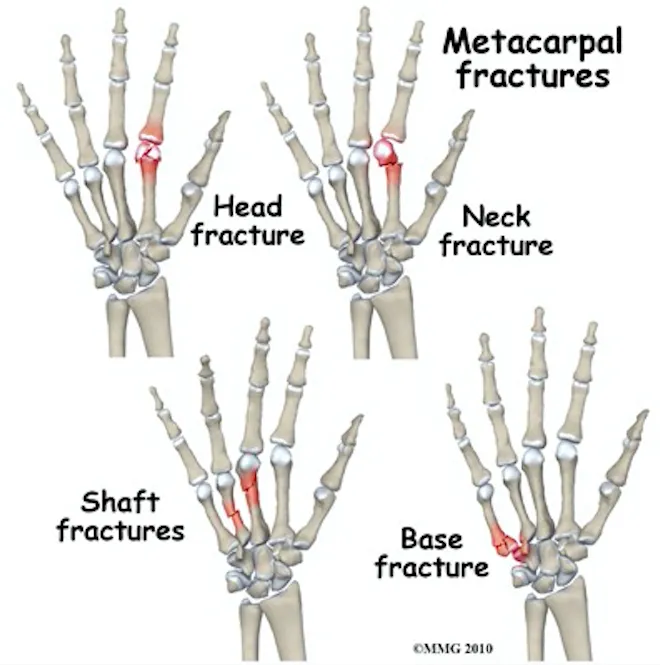Going to take a quick break from the PSA for #traumatuesday
What is TXA and how does it work?
Tranexamic Acid is a medication used to treat or prevent excessive bleeding.
It works by reversibly binding receptor sites on plasminogen, which reduces conversion of plasminogen to plasmin, further preventing fibrin degradation making up the clot's framework.
Here's a cute animated video showing the mechanism of TXA: https://www.youtube.com/watch?v=emAHFC-Aidg
What role does TXA play in trauma?
CRASH-2 Trial (Clinical Randomization of an Antifibrinolytic in Significant Hemorrhage-2)
Double-blinded RCT published in 2010
20,211 patients with traumatic hemorrhage (SBP < 100 and/or HR > 110) or at risk of significant hemorrhage, within 8 hours of injury
Dose used was 1g TXA over 10 minutes + 1g over 8 hours
All-cause mortality significantly reduced with TXA
Risk of death due to bleeding on day of presentation significantly reduced with TXA
No significant difference in vascular occlusive events
No significant reduction in blood transfusion requirements
Greatest benefit seen with early administration (< 1 hour after injury but also < 3 hours). Increased risk of death due to bleeding if administered after 3 hours.
MATTERs (Military Application of TXA in Trauma Emergent Resuscitation)
Retrospective observational cohort study published in 2012
896 military personnel who received at least 1 Unit of PRBCs within 24 hours of admission following a combat-related injury
Dose used was 1g TXA IV bolus, repeated as deemed necessary by provider
All-cause mortality significantly reduced at 48 hours and 30 days especially in patients requiring massive blood transfusion due to their injury
CRASH-3 Trial (Clinical Randomization of an Antifibrinolytic in Significant Hemorrhage-3)
Double-blinded RCT published in 2019
12,639 patients with traumatic brain injury (< 3 hours after injury, GCS < 13 or ICH on CT). Patients excluded had major extracranial bleeding, GCS of 3, bilateral unreactive pupils.
Dose used was 1g TXA over 10 minutes + 1g over 8 hours
Death due to head injury significantly reduced at 24 hours but not at 28 days
No significant difference in disability or vascular occlusive events
Bottom Line (based on the literature above):
In adult trauma patients in severe hemorrhagic shock for which you are transfusing blood, administer TXA 1g IV over 10 minutes, followed by 1g infused over 8 hours.
Reasonable to try TXA for TBI patients with GCS 9-15 and ICH on CT within 3 hours of injury but need more evidence
CRASH-2: https://www.thelancet.com/journals/lancet/article/PIIS0140-6736(10)60835-5/fulltext
MATTERs: https://jamanetwork.com/journals/jamasurgery/fullarticle/1107351
CRASH-3: https://www.thelancet.com/journals/lancet/article/PIIS0140-6736(19)32233-0/fulltext
Reviews from FOAMed sources:
https://emcrit.org/pulmcrit/crash3/
https://www.thebottomline.org.uk/summaries/icm/crash-2/
https://rebelem.com/crash-3-txa-for-ich/
https://first10em.com/the-crash-2-trial/
https://first10em.com/crash-3/
https://emcrit.org/wp-content/uploads/2012/02/TXA-in-trauma-How-should-we-use-it.pdf





